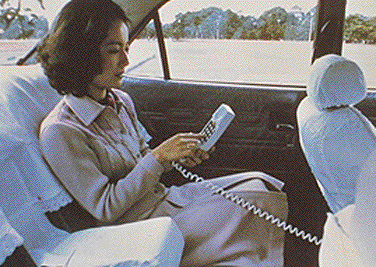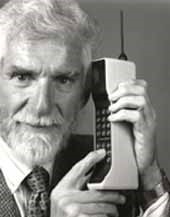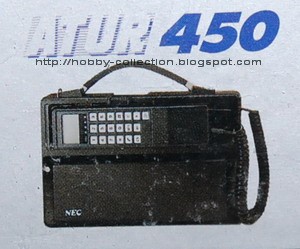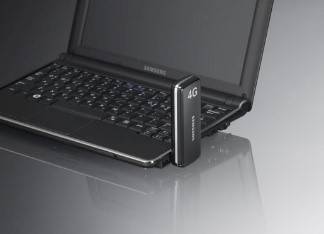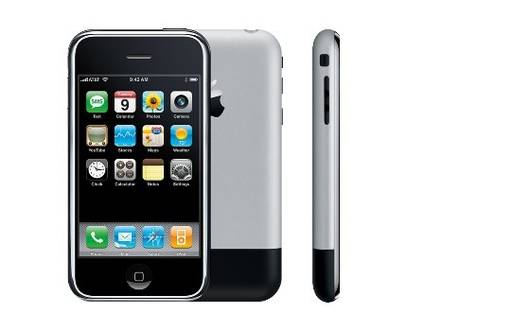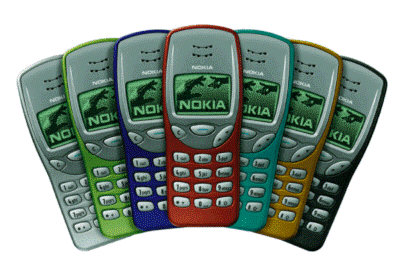During WWII, the appearance of early radio phones was limited to military use, and not available for civilian or commercial use. These were AM radio phones, that functioned as Walkie-Talkies.
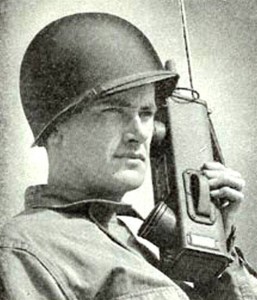
The car phones that were first commercialized in 1946 in USA by Bell System, and continued to be improved and popularized in the 1960’s made used of Improved Mobile Telephone Service (IMTS) which was still connected on the landline network, also known as Public Switched Telephone Networks (PSTN) although mobility was supported to some extent. This was an example of a radio telephone network, which was considered as pre-1G, or 0G technology.
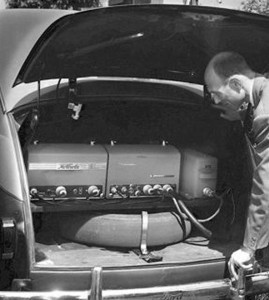
In 1971, the Autoradiopuhelin (ARP) network operated as the first public mobile phone network in Finland. It operated in the 150 MHz band, and calls were manually switched. The network was meant to serve car phones as well. This too was considered as 0G technology.
The first commercial 1G mobile network in the world was launched by Nippon Telephone and Telegraph Company (NTT) in Tokyo, Japan on 1 December 1979. The first mobile phones were still car phones, but the network was:
- a cellular network with 88 cell sites with base stations, or radio towers covering all districts of Tokyo (unlike in IMTS where the network was still PSTN);
- handover of the call between different cell sites was supported (unlike in IMTS where the call can only be connected to one radio mast);
- automated switching without the need for human switchboard operator (unlike in ARP where the calls are manually switched).
By 1981, the Nordic countries of Norway and Sweden built their first 1G mobile network based on the Nordic Mobile Telephone (NMT) standard, subsequently Denmark and Finland in 1982. The standard spread in quick succession to Saudi Arabia, Russia, and many other Baltic and Asian countries,.
On 13 October 1983, the USA eventually had its commercial cellular network launched by Ameritech in Chicago, based on the AMPS standards. The first hand-held mobile phone invented by Martin Cooper and manufactured by Motorola was introduced at the same time.
In 1984, Malaysia adopted the NMT 450 standard and launched its first cellular network by then Jabatan Telekom (now Telekom Malaysia, privatized in 1987), with mobile phones introduced as ATUR 450.
The early car phones in the Japan NTT network later evolved into “shoulder phones” in 1985 that can be carried on the shoulder like a sling bag.
The European Total Access Cellular System (TACS, later renamed to ETACS) standard was introduced in 1985 and first implemented in the UK. After the first commercial cellular network by NTT, JTACS was later introduced in Japan in 1988.
China, currently boasting the largest mobile subscriber market, launched its first mobile network in 1987 by the Ministry of Posts and Telecommunications of China, using the TACS standard. A nationwide network was completed in the following year.
Most of the phones in the 1G era were:
- heavy, most initial models weighing around 3-4 kg;
- for corporate and executive use, not for personal use;
- expensive, the Motorola DynaTac priced at US$3,995 for example;
- hence a symbol of affluence and social status.
The limitations of 1G mobile technology were:
- Poor sound quality;
- Limited coverage;
- Full analog mode of communication, hence inefficient use of the spectrum;
- Low capacity, FDMA technique does not maximize system capacity;
- Different 1G systems are incompatible with one another, due to different frequency ranges of the systems;
- No roaming supported between different operators;
- Weak security on air interface, no support for encryption;
- No Mobile Assisted Handover and hence more burden on the Mobile Switching Center (MSC).
We hope you enjoyed reading about 1G: the first wireless cellular technology or the first mobile phones to ever exist. If you're curious about the second generation of mobile phones, check out this article: A Brief History of 2G Mobile Communication Technology
SMS was the first step in connecting people around the world before the internet became widely available. Nowadays many people use email, messaging apps and social media to communicate, however SMS is seen as more reliable compared to mobile networks, especially in areas in the world where Wi-Fi isn’t available everywhere or the connection isn’t as stable. In that case, the best way to reach someone as fast and reliable as possible is through SMS.
In 2020 many businesses are taking advantage of SMS to reach out to their customers. What makes SMS marketing attractive is the fact that the open rates are astonishing at 98% and customers also don’t mind receiving updates by SMS. In fact, according to a study 75% of people would like to receive marketing offers by SMS.
Unfortunately many people miss out on important notifications and offers by opening their email too late; if they open their email at all. SMS marketing creates a sense of urgency that is often needed to create a successful campaign. Sending SMS text messages in bulk can be easily achieved with services such as EZSMS.

EZSMS allows you to compose, customize and send SMS messages in bulk from your computer; you can send SMS messages internationally to over 170 countries in the world. Everything can be managed online, wherever and whenever you want. If you’re interested in trying out EZSMS you can sign up for free, you only pay when you use the service.
Read more about EZSMS
